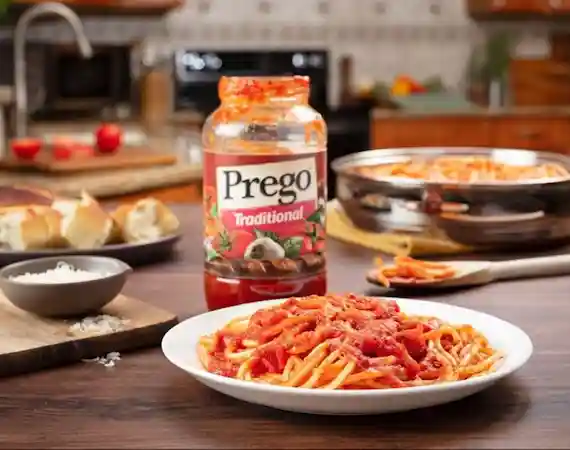The answer to the question of whether you can add milk to pasta sauce depends on the type of pasta sauce, as well as how it’s prepared. But generally speaking, you can probably add some milk to your pasta sauce without significant consequences. Before we get into the details, however, it’s important to note that many recipes will tell you not to add milk to your pasta sauce because doing so may give the final dish an undesirable texture or consistency.
Can you add milk to the pasta sauce?
A question debated and argued over for decades is whether you can add milk to pasta sauce. One side says no, while the other defends adding milk to stretch an inexpensive meal.
Yes, milk can be added to pasta sauce, but it’s not going to make it stretch any further than it would if you didn’t add any; instead of diluting the flavor with dairy products like whole or skim milk, substitute water.
How to add milk to pasta sauce?
To add milk to pasta sauce:
- Stir 1 cup of milk or heavy cream into the pan.
- Simmer for about 10 minutes, stirring occasionally.
- If you prefer a thicker sauce, omit to add any water
- and let it simmer for 15-20 minutes until it thickens up.
Can you add milk to the pasta sauce instead of cream?
The cream is usually an ingredient in a traditional pasta sauce. Adding milk instead of cream can lighten up the recipe and make it healthier.
This also allows you to cut back on some fats that may be unhealthy for you or your diet if you are not mindful of what you are eating or adding.
Can you add milk to the tomato pasta sauce?
Yes, milk can be added to tomato pasta sauce. However, it will also be an issue if you put in too much milk at once because then there won’t be enough tomato flavor left, giving your dish a strange taste. So remember–the key is balance!
How to make pasta cream sauce with milk?
Everyone seems to have a different opinion about whether or not you can add milk to your pasta sauce. Some say it causes clumping and curdling, while others say it gives it an added creaminess.
You can follow these steps –
- Heat olive oil over medium heat in a large pot for 8 cups of uncooked pasta.
- When the oil is hot, saute the onion until soft and translucent.
- Add garlic and cook for 1 minute more before adding tomato paste.
- Stirring often to prevent burning. Cook for 3 minutes or until tomatoes releases their juices.
- Pour in crushed tomatoes and simmer for 10 minutes.
- Season with salt, pepper, oregano, basil, and red pepper flakes.
- Meanwhile, bring water to boil in a small pot that will fit 4 cups of dry pasta (or 2 boxes).
- Cook pasta according to package instructions. Drain cooked noodles well and set aside.
Can you add almond milk to the pasta sauce?
Adding almond milk to pasta sauce is a great way to increase calcium intake and ensure enough protein is in your diet. Almond milk has less sugar than cow’s milk, so it’s a healthier option. It might take some experimentation before you find what you like best, but don’t give up!
Can you add coconut milk to the pasta sauce?
Coconut milk is a great addition to your sauce but is not as thick as cream. Do not add too much. Your sauce will be runny and won’t coat the pasta well. Add one tablespoon at one go until you find your desired consistency.
Can you add evaporated milk to the pasta sauce?
Evaporated milk has a slightly sweet taste and is denser in consistency than regular milk. It is important to remember that it has a shorter shelf life than fresh milk, so it should be stored in the refrigerator until you are ready to use it.
Can you add milk to creamy pasta?
When it comes to making a cream sauce, there are generally two types of sauces–those that have already been made and those that require a roux. Creamy sauces are typically made by adding milk and butter to pasta, then cooking for about 20 minutes.
Conclusion
Pasta sauce typically contains some dairy, giving it that classic creaminess. Different types of dairy work better with different sauces. For example, you may want to avoid adding milk or cream if you make an oil-based sauce like red tomato sauce. On the other hand, if you make a cheese-based sauce for macaroni and cheese, using a bit of milk can add creaminess without watering down the flavor.
I am Anand, and I am a business owner and consultant in my day job. I have spent years studying what’s inside the products we buy. ‘Feedrer’ is a wordplay on you-know-who and talks about all things food.
